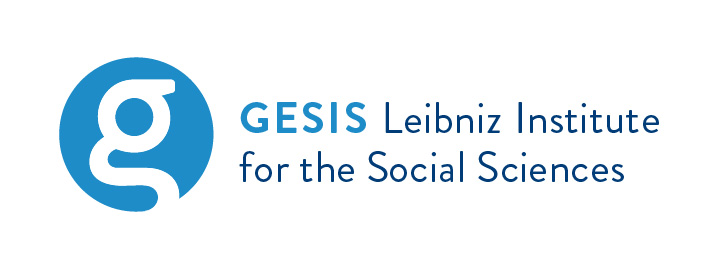The Effects of Questionnaire Completion Using Mobile Devices on Data Quality. Evidence from a Probability-based General Population Panel
Abstract
The use of mobile devices such as smartphones and tablets for survey completion is growing rapidly, raising concerns regarding data quality in general, and nonresponse and measurement error in particular. We use the data from six online waves of the GESIS Panel, a probability-based mixed-mode panel representative of the German population to study whether the responses provided using tablets or smartphones differ on indicators of measurement and nonresponse errors from responses provided via personal computers or laptops. We follow an approach chosen by Lugtig and Toepoel (2015), using the following indicators of nonresponse error: item nonresponse, providing an answer to an open question; and the following indicators of measurement error: straightlining, number of characters in open questions, choice of left-aligned options in horizontal scales, and survey duration. Moreover, we extend the scope of past research by exploring whether data quality is a function of device-type or respondent-type characteristics using multilevel models. Overall, we find that responding with mobile devices is associated with a higher likelihood of measurement discrepancies compared to PC/laptop survey completion. For smartphone survey completion, the indicators of measurement and nonresponse error tend to be higher than for tablet completion. We find that most indicators of nonresponse and measurement error used in our analysis cannot be attributed to the respondent characteristics but are rather effects of mobile devices.
Keywords
Full Text:
PDFDOI: https://doi.org/10.12758/mda.2015.014
Refbacks
- There are currently no refbacks.
Copyright (c) 2015 Bella Struminskaya, Kai Weyandt, Michael Bosnjak

This work is licensed under a Creative Commons Attribution 4.0 International License.

